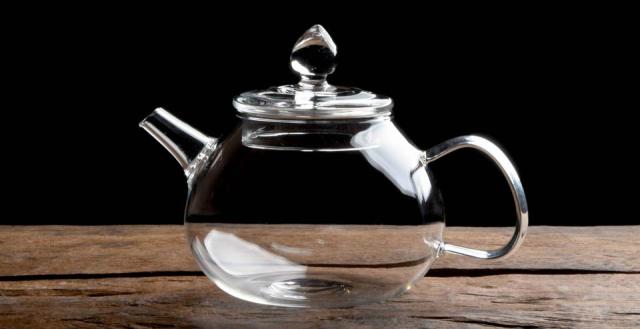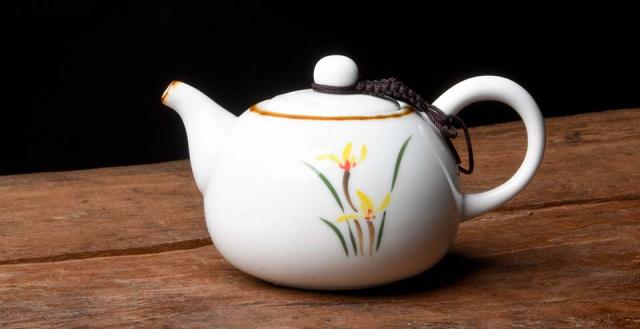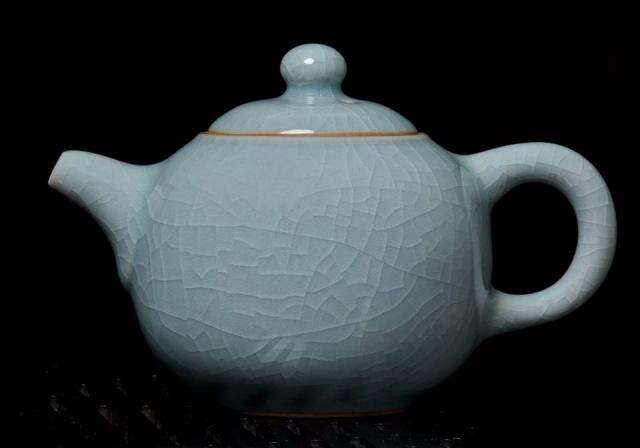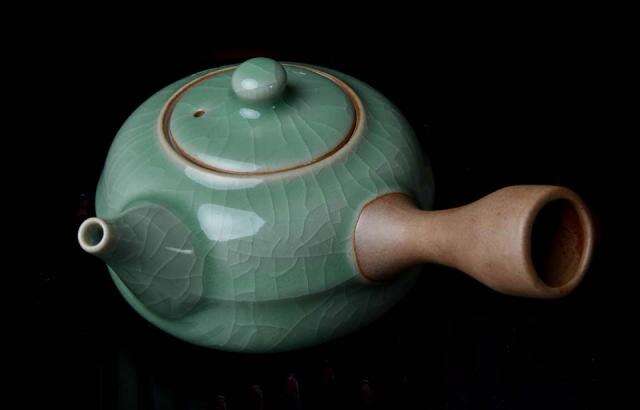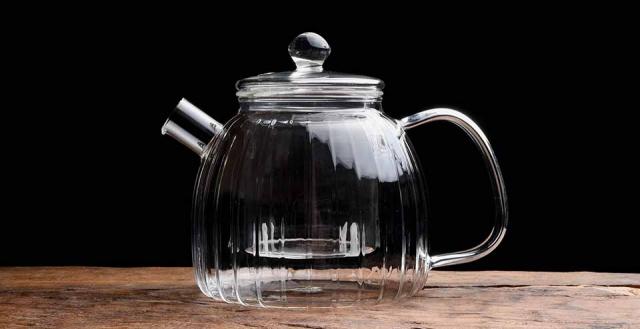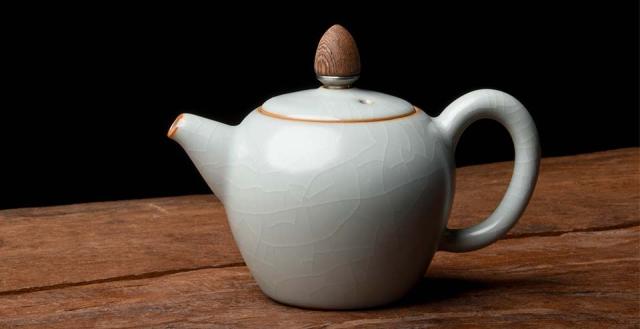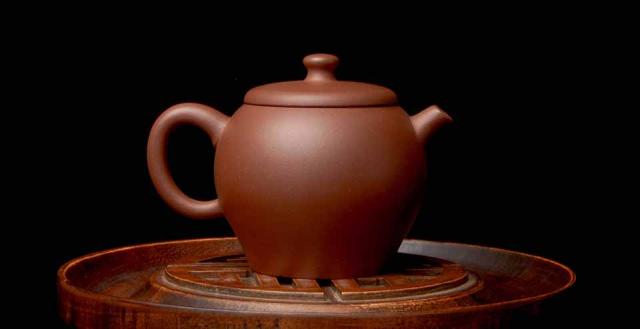• Arriving Soon: Fresh Laoshan Green Teas ~ Pre-Order now
• Dragonwell is here! The first fresh tea of 2024 ~ Only a few pounds left
Get started for as little as $5 - check out tea samplers at a special discount! 🌟
Free Tea Sample in Every order! | Free shipping for orders $45+ 📦
• New arrival: tea tools, clever storage + more to complete your tea set ✨
filters :
out of stock









